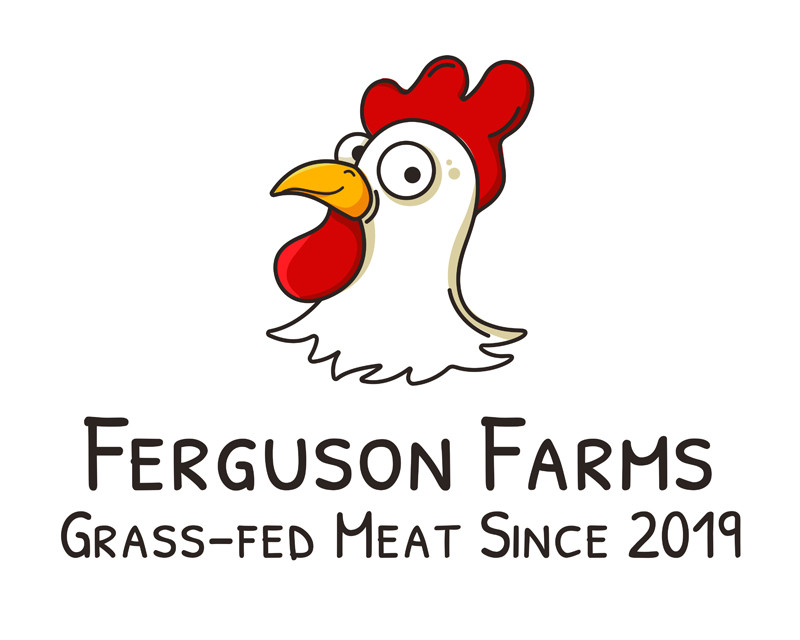-
Shop Now
- Farm Boxes | Grass-Fed & Pasture-Raised Meat Delivery
- 100% Grass-fed Beef
- Pastured Chicken & Poultry
- Wild-Caught Fish and Seafood
- 100% Grass-fed Lamb
- 100% Grass-fed Bison & Elk
- Organs, Bones & Broth
- Jerky, Biltong & Snacks
- Spices & Seasonings
- Farm-acy | Tallow Body Care
- Grass-fed Protein & Organ Supplements
- Premium Organic Coffee
- Gift Boxes
- Gift Cards
- Farm Merch
- How It Works
- Gifts
- Explore
- About
- Contact

